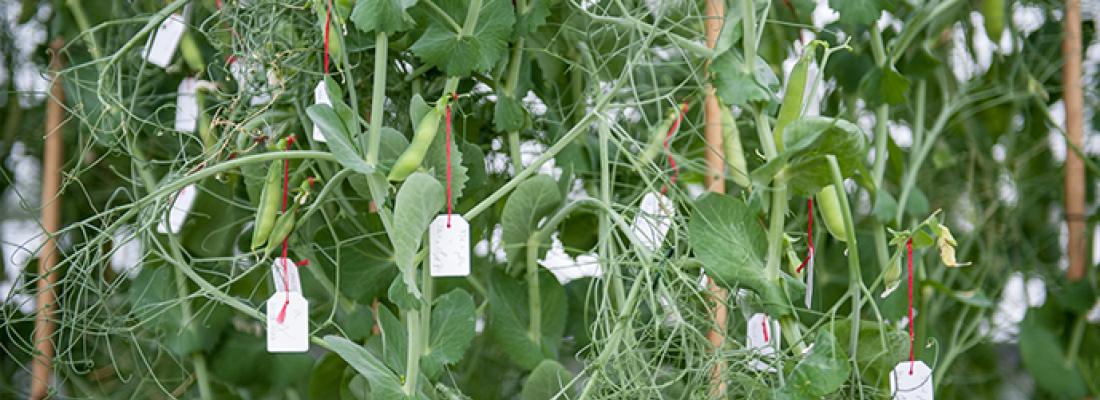Agroecology Reading time 2 min
Legumes: a breeding ground for innovation!
Published on 10 July 2017

Legumes, allies of the environment and food
Pea, field bean, soybean or lentils: grain legumes are seeing a renewal of interest in both their cultivation and their uses which both respond to new societal demands for agriculture that takes better account of the environment. The particular feature of these plants is their ability to establish symbiosis on their roots with rhizobial bacteria in order to utilise atmospheric nitrogen. This has several benefits for agriculture: a reduction in the use of nitrate fertilisers on crops and hence an attenuation of greenhouse gas emissions related to the production and use of synthetic inputs. Another advantage is that legumes enable the diversification and innovation of cropping systems, reducing pest pressure in different agroecological systems and improving soil quality. From a nutritional point of view, legume grains are rich in protein and high-quality nutrients and thus have acknowledged value for human foods or livestock feeds.
How can legumes be integrated into cropping systems?
Major research programmes are currently under way on legumes and are being led by the Agroecology Research Unit at the INRA Centre in Dijon. They concern the breeding of new varieties, optimisation of the relationships between roots and soil micro-organisms and the inclusion of legumes in crop sequences (as a single crop or associated with a non-legume crop) in order to reduce pressure from weeds or certain parasitic insects. The Agroecology Research Unit has developed a high-throughput phenotyping platform to enable the characterisation of plants (and particularly their root systems), and to evaluate the impact of different microbial inoculums on the biological fixing of atmospheric nitrogen and ultimately on crop yields. The reference centre for genomics in this area, the Unit in Dijon can use its national genetic resource collections on pea, field bean and lupin for research programmes on sequencing of the pea genome, the “PeaMust” Investments for the Future project and the European “Legato” project. Nearly 5000 lines of pea, 1500 of field bean and 1000 of lupin are conserved and described by this reference centre. Recent advances in genomics will help to accelerate the selection process. High-throughput sequencing technologies have enabled the teams in Dijon to develop important resources on pea that will facilitate both the identification of genes of interest and marker-assisted selection.
